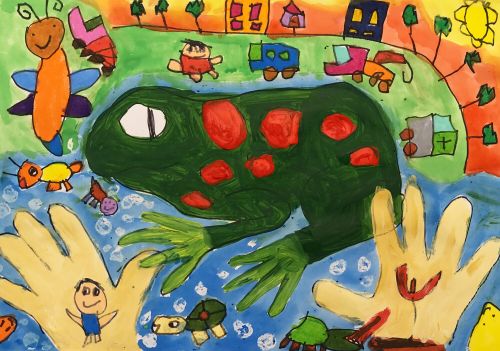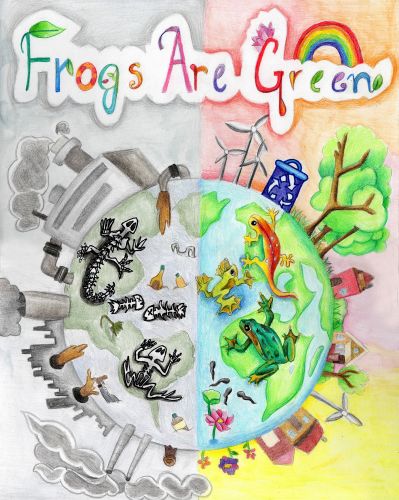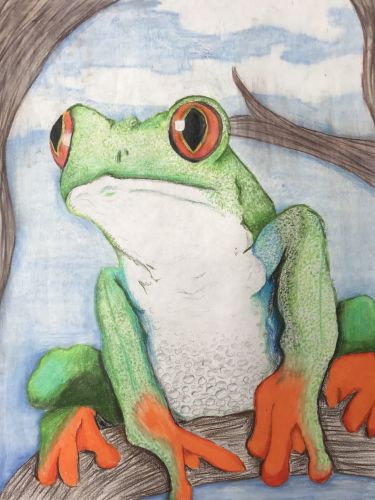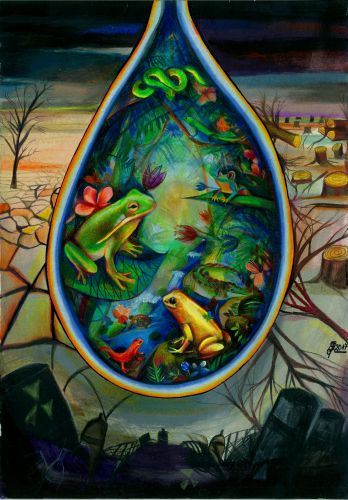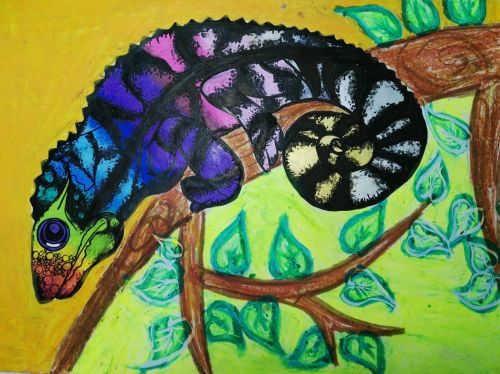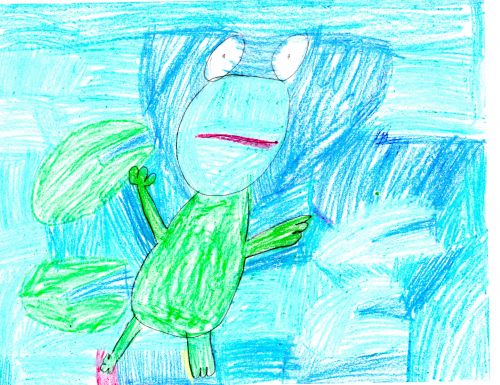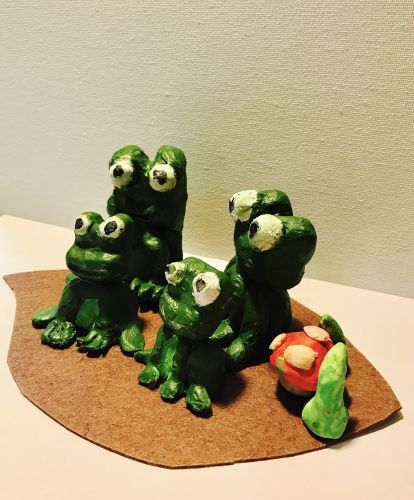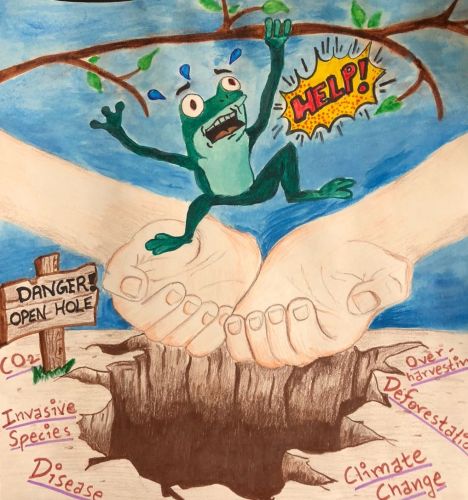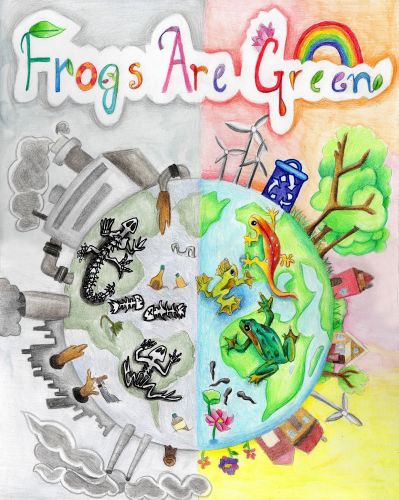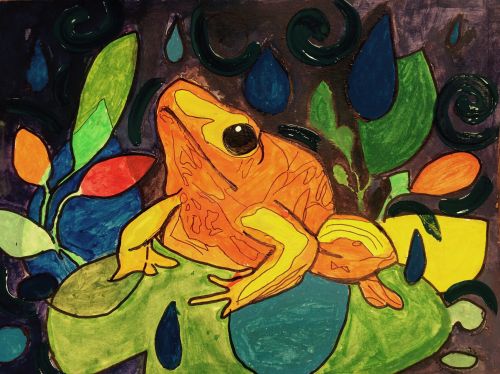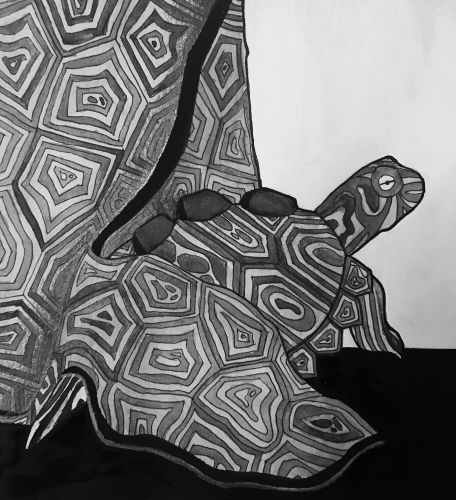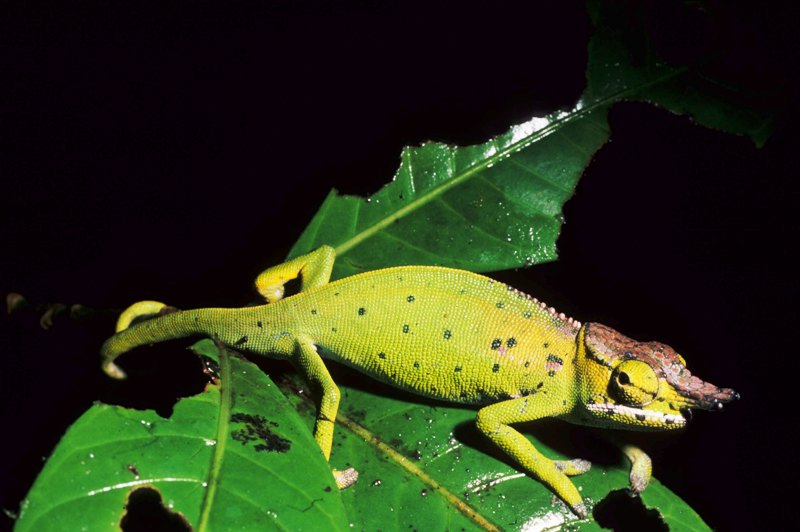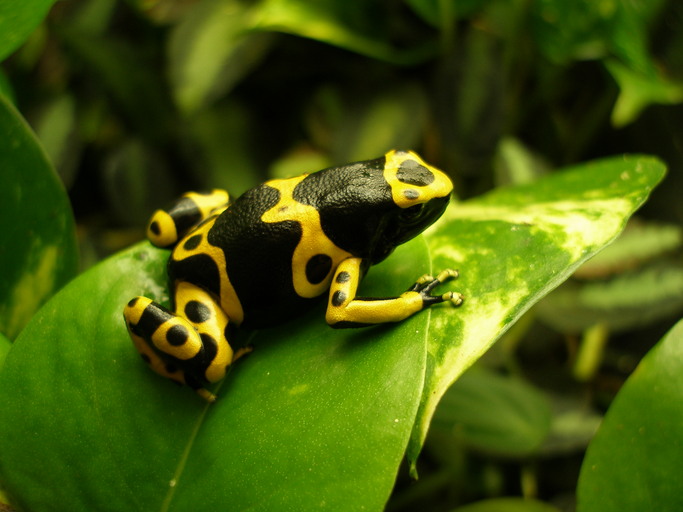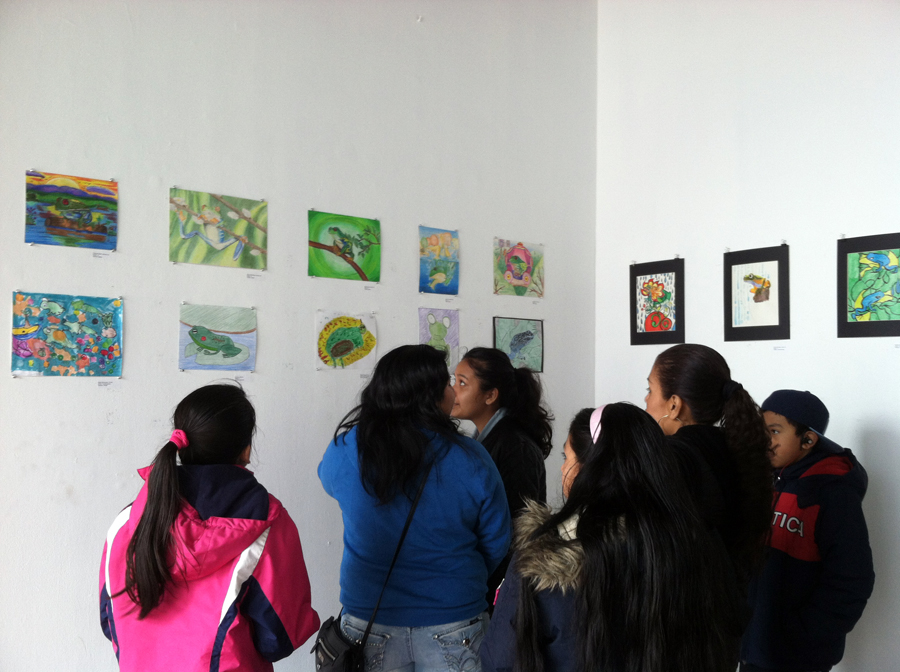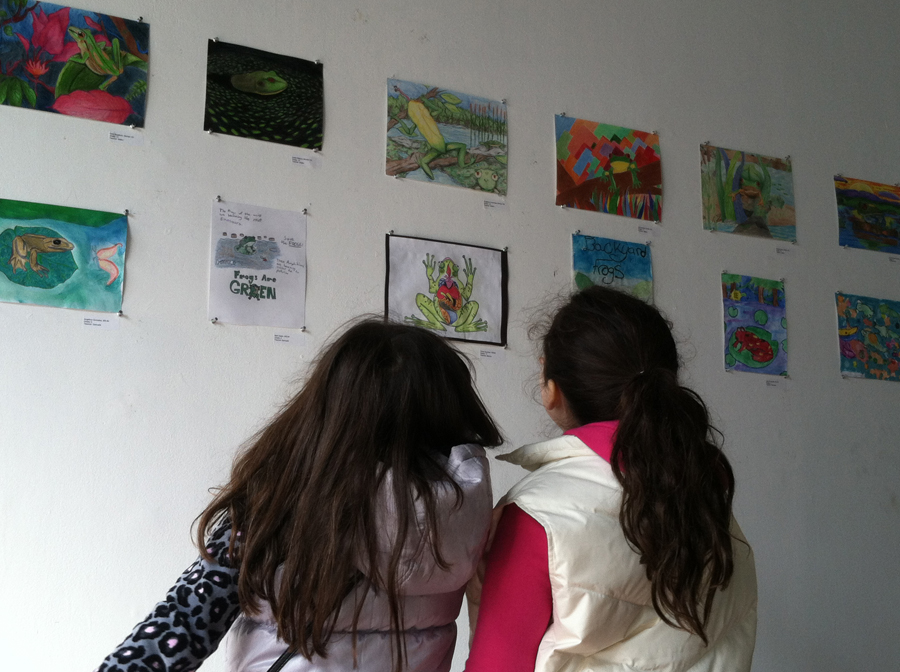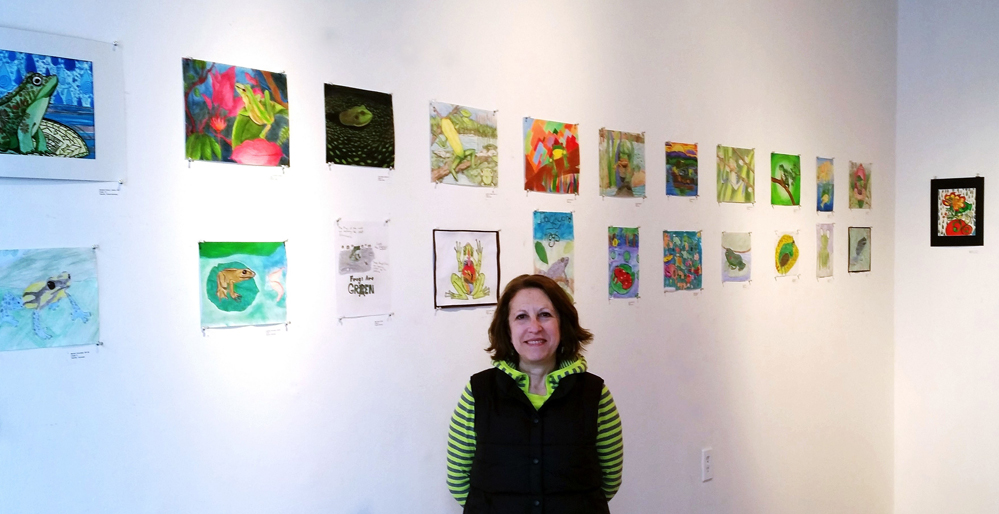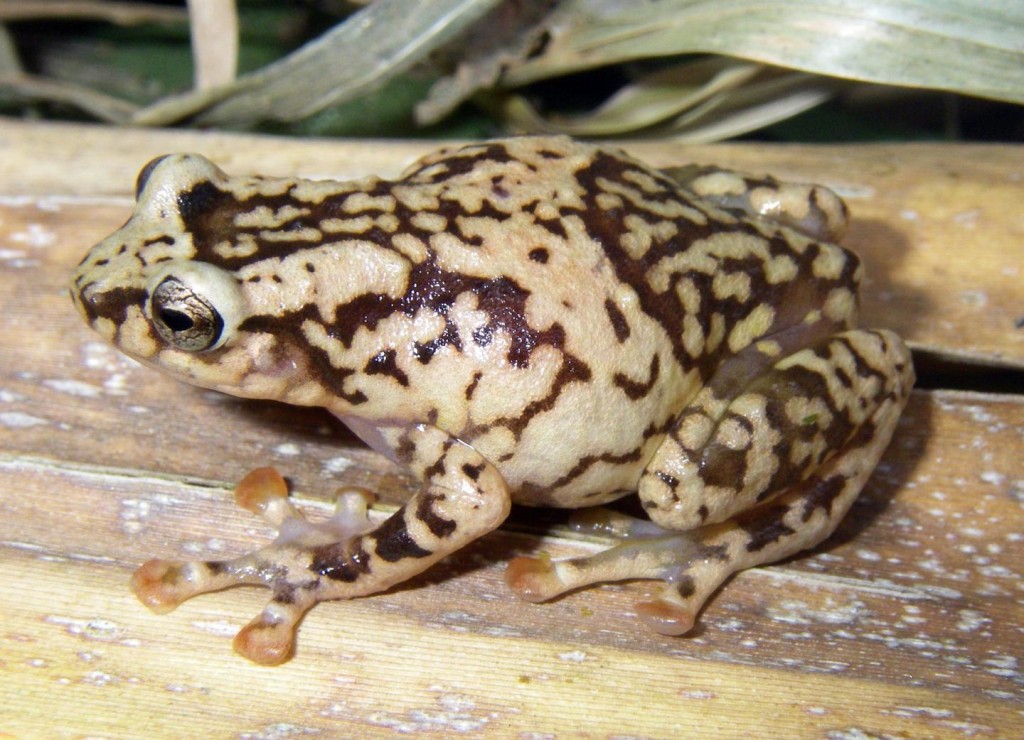Protecting Amphibians Through Correct Silvicultural Practices
Recent findings indicate that frogs could be going the way of the dinosaurs. Studies by scientists from the US Geological Survey (USGS) depicted that the number of amphibians is shrinking by an average rate of 3.7% yearly. Despite environmentalists championing for the protection of frogs, hosting amphibian themed art exhibitions and releasing publications to educate, among many other efforts, there is still a significant decline in the number of amphibians, especially frogs. Blame pollution, diseases, climate change and more importantly incessant deforestation.
Protecting amphibians and frogs through the correct silvicultural activities in forests helps in ensuring their continuity. While tree harvesting is essential for electricity poles, fuel, the paper industry, and construction, it should not be done in a way that it leads to the loss of amphibian habitats.

Photo by Stefan Steinbauer on Unsplash
The Right Pruning Tools
In forest activities such as pruning, trimming, and the harvesting of firewood, chainsaws are preferably the best tools. Why? Unlike harvesters which fell many trees at a time, chainsaws cut down one tree at a time. This ensures animal habitats are not destroyed during the operation and that seedlings and saplings are protected. These machines are portable making pruning among other activities in various locations easier.
While chainsaws come in different sizes, small chainsaws are preferably the best, especially chainsaws powered by a lithium-Ion battery. These particular type of chainsaws are eco-friendly since they don’t release noxious fumes into the atmosphere when pruning or trimming trees. Furthermore, they don’t cause noise pollution and can be operated easily since they are not heavy. However, when operating a chainsaw it is very important to have the knowledge on how to operate one safely. Other brilliant tools you can use when pruning a tree post include loppers and pole pruners.
Correct Pruning
Pruning is done to remove any overgrown tree branches, stems, and any deformed tree parts. When pruning is done in the correct manner it results in high-quality timber which directly reflects on value and price. Correct pruning, according to A-Absolute Tree Services, involves making sure that a third of the living branches are left after pruning. Right timing on when to prune is critical especially if the area to be pruned is a wildlife shelter. Furthermore, it should be done in a proper way such that the game cover is not destroyed.
Recommended Pruning Techniques
Target pruning is one the best methods of pruning, as stated by Research Gate, since one is able to leave tree parts intact and minimize bole’s tissue damage. Canopy pruning is another recommended pruning technique as it enables light penetration. This allows for the growth of grasses and other plants and this encourages survival of amphibians and frogs. During pruning, the windward side should be taken into consideration as amphibians especially frogs which breathe through their skin, could be easily affected by debris-carrying wind.
Utility Poles
In the United States, most utility poles are made of wood, despite the emergence of steel utility poles. This is because wood is a good insulator and is relatively cheap due to the high availability of trees. Among the trees popularly used are red cedars, Southern yellow pines, and Western yellow pines as they produce straight poles. Poles are selected while still standing in the forest, then the felling process begins.
Most of the times the right procedures and techniques are not used in this process. Unfortunately, flush cutting is observed on pruned trees that are meant for utility poles. Tree topping is also another wrong technique that not only gives an ugly view of the forest but also, has zero considerations for potential wildlife habitats. If the right equipment is not used, the forest environment could be adversely affected. This is why knowledge on the right way of pruning and harvesting trees is key, especially with the high demand for poles and timber.
Amphibians and reptiles make the environment greener. They help in natural pest control and act as food for other wildlife. The contribution of frogs to modern medicine is another reason why frogs are so important. With the above-given statistics, it is evident that more needs to be done in order to care of and protect them. Proper environmental care, especially in the forest, and curbing pollution will go a long way in preserving these species for generations to come.
Written and researched by Jennifer Dawson

